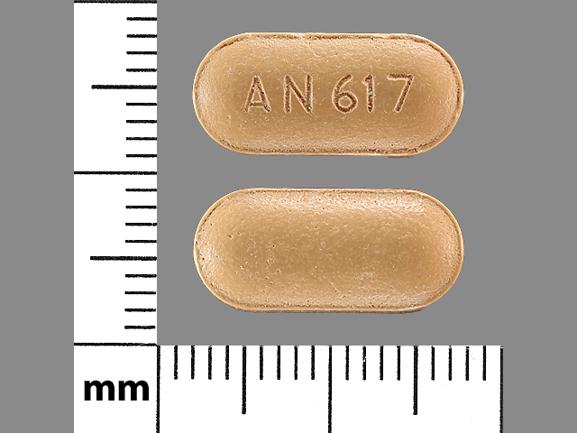Acetaminophen/tramadol Interactions
There are 812 drugs known to interact with acetaminophen/tramadol, along with 15 disease interactions, and 1 alcohol/food interaction. Of the total drug interactions, 325 are major, 473 are moderate, and 14 are minor.
- View all 812 medications that may interact with acetaminophen/tramadol
- View acetaminophen/tramadol alcohol/food interactions (1)
- View acetaminophen/tramadol disease interactions (15)
Most frequently checked interactions
View interaction reports for acetaminophen / tramadol and the medicines listed below.
- Advair Diskus (fluticasone / salmeterol)
- Aspirin Low Strength (aspirin)
- Benadryl (diphenhydramine)
- Calcium 600 D (calcium / vitamin d)
- Celebrex (celecoxib)
- CoQ10 (ubiquinone)
- Crestor (rosuvastatin)
- Cymbalta (duloxetine)
- Eliquis (apixaban)
- Fish Oil (omega-3 polyunsaturated fatty acids)
- Flexeril (cyclobenzaprine)
- Lexapro (escitalopram)
- Lipitor (atorvastatin)
- Lyrica (pregabalin)
- Metoprolol Succinate ER (metoprolol)
- Metoprolol Tartrate (metoprolol)
- Nexium (esomeprazole)
- Paracetamol (acetaminophen)
- Singulair (montelukast)
- Symbicort (budesonide / formoterol)
- Synthroid (levothyroxine)
- Tramadol Hydrochloride ER (tramadol)
- Tylenol (acetaminophen)
- Tylenol with Codeine #3 (acetaminophen / codeine)
- Vitamin B12 (cyanocobalamin)
- Vitamin C (ascorbic acid)
- Vitamin D3 (cholecalciferol)
- Xanax (alprazolam)
- Xarelto (rivaroxaban)
- Zyrtec (cetirizine)
Acetaminophen/tramadol alcohol/food interactions
There is 1 alcohol/food interaction with acetaminophen / tramadol.
Acetaminophen/tramadol disease interactions
There are 15 disease interactions with acetaminophen / tramadol which include:
- alcoholism
- liver disease
- gastrointestinal obstruction
- acute alcohol intoxication
- drug dependence
- respiratory depression
- PKU
- gastrointestinal conditions
- hypoglycemia
- hypotension
- intracranial pressure
- liver disease
- renal dysfunction
- seizure disorders
- suicidal
More about acetaminophen / tramadol
- acetaminophen/tramadol consumer information
- Compare alternatives
- Pricing & coupons
- Reviews (64)
- Drug images
- Side effects
- Dosage information
- During pregnancy
- Drug class: narcotic analgesic combinations
- En español
Related treatment guides
Drug Interaction Classification
| Highly clinically significant. Avoid combinations; the risk of the interaction outweighs the benefit. | |
| Moderately clinically significant. Usually avoid combinations; use it only under special circumstances. | |
| Minimally clinically significant. Minimize risk; assess risk and consider an alternative drug, take steps to circumvent the interaction risk and/or institute a monitoring plan. | |
| No interaction information available. |
See also:
Further information
Always consult your healthcare provider to ensure the information displayed on this page applies to your personal circumstances.


